It takes courage to design a digital camera without a display. The young French company Pixii camera has just updated its first model with interesting news.
The basic idea, both for the previous model and for the new one Pixii camera is that of a rangefinder digital camera that can mount M bayonet optics, those for the Leica M series.
Pixii Camera has no rear display and has manual focus
The courage lies in hypothesizing a shooting experience from a real camera to a rangefinder; the shot takes place through a true optical rangefinder viewfinder: Does not show the scene passing through the lens but through a viewfinder. It is no longer possible to play with the often compulsive action of checking the image in the rear display immediately because, in fact, it is not there. In addition, the focus occurs by aligning a second image over the first. When they overlap the photo will be in focus.
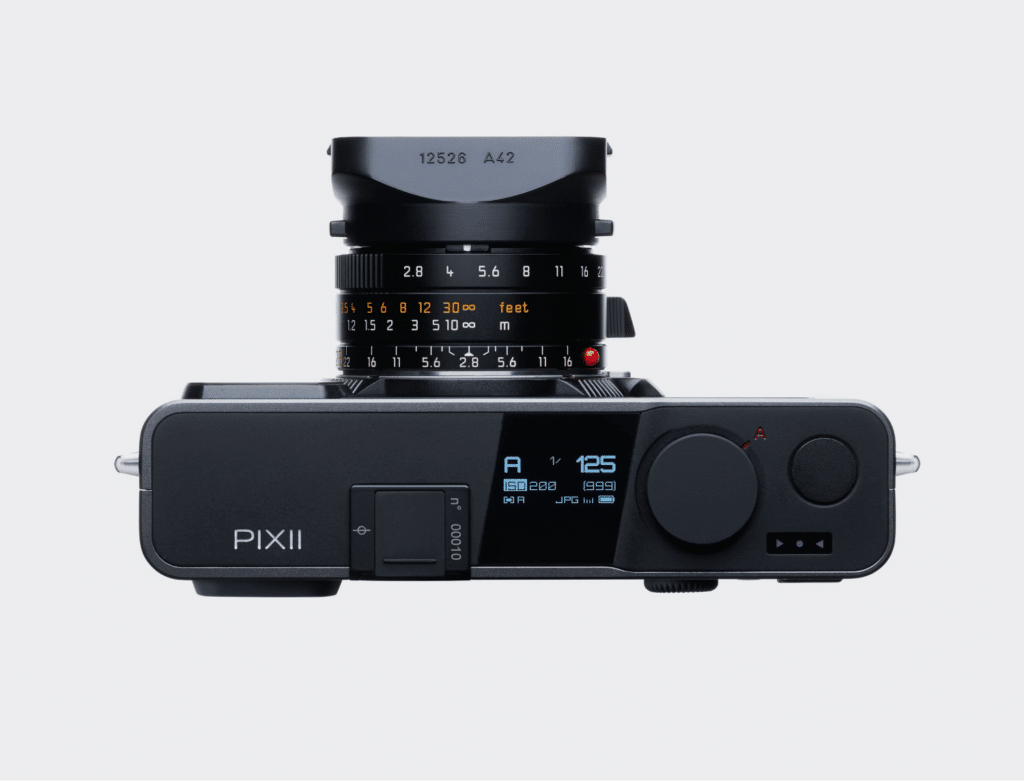
We then return to a creative and shooting process based on real looking at the scene through the viewfinder; moreover, it leads even more to think about what you see inside. A priceless experience, even in the price, not really for everyone.
A generous sensor waiting to be tested
The technical innovations are focused on the sensor, a 26 Megapixel APS-C. It is an optimal resolution for general use, which leaves room for both a corrective crop and any prints to hang at home. The company promotes the goodness of the sensor chosen by leveraging a very technical parameter, the FWC. This page in English clearly explains the concept of Full Well Capacity which, summarized, indicates the ability of the pixel of a sensor to capture light.
The sensor inside the new Pixii camera is capable of producing up to 51,000 electrons per micrometer (thousandth of a millimeter) without generating disturbances or reading difficulties. Even the minimum capacity is valuable: 0.83 electrons per micrometer. These parameters are really far from common experience and thanks to the meticulousness of DxOMark it was possible to compare the Pixii Camera sensor with, for example, a Canon EOS 7D Mark II. Canon’s value (again for an APS-C type camera) is about 29000 for FWC and 2.5 for the minimum reading. You can check the values of other cameras here.
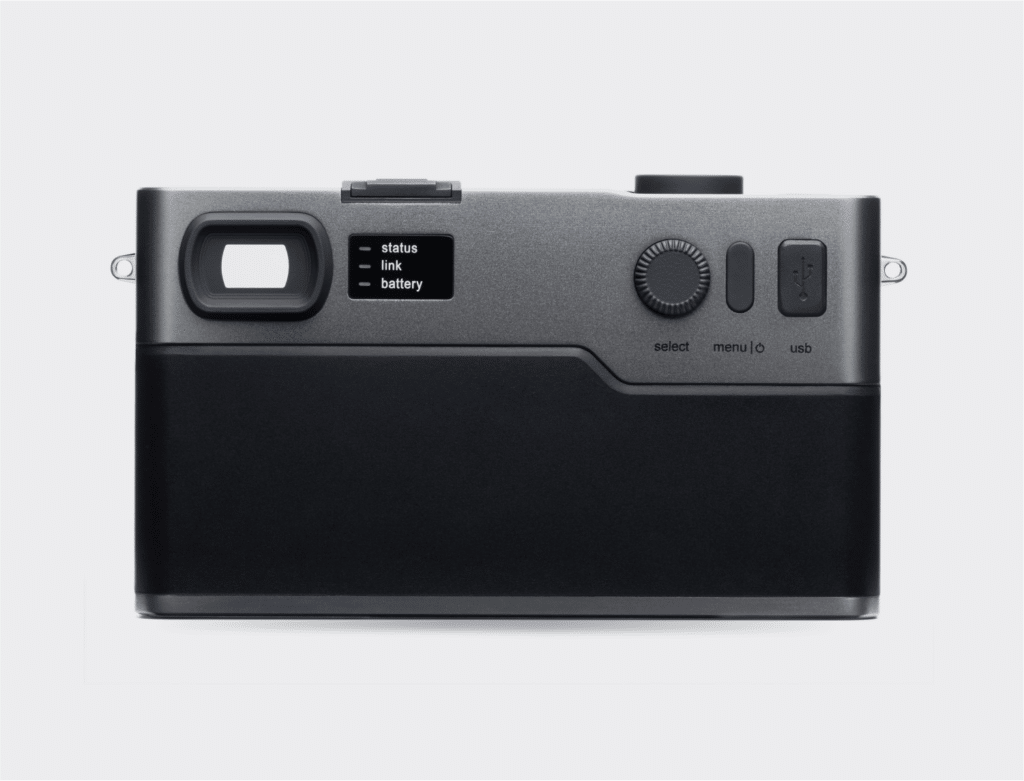
Returning from the depths of deep technicalities we read that the sensitivity ranges from ISO 160 to 12800; the samples made available to the company are shot at a maximum of 320 ISO and already show a certain texture of the background noise. It is difficult to understand if it is a desired effect or a characteristic of the sensor. It is true that it is possible set up LUTs (profiles) to produce images that have already been processed and this always leads to a qualitative decay.
The beauty of Pixii Camera is in having what a photographer needs and nothing else. To the right of the optical viewfinder a panel indicates the essentials: status, connection to the smartphone and battery status. On the top we have a classic and still minimal display for the main parameters.
Modern thanks to advanced management via smartphone
However, it is in the optical viewfinder that we find the fundamental information, thanks to an overlapping (dot) display system.
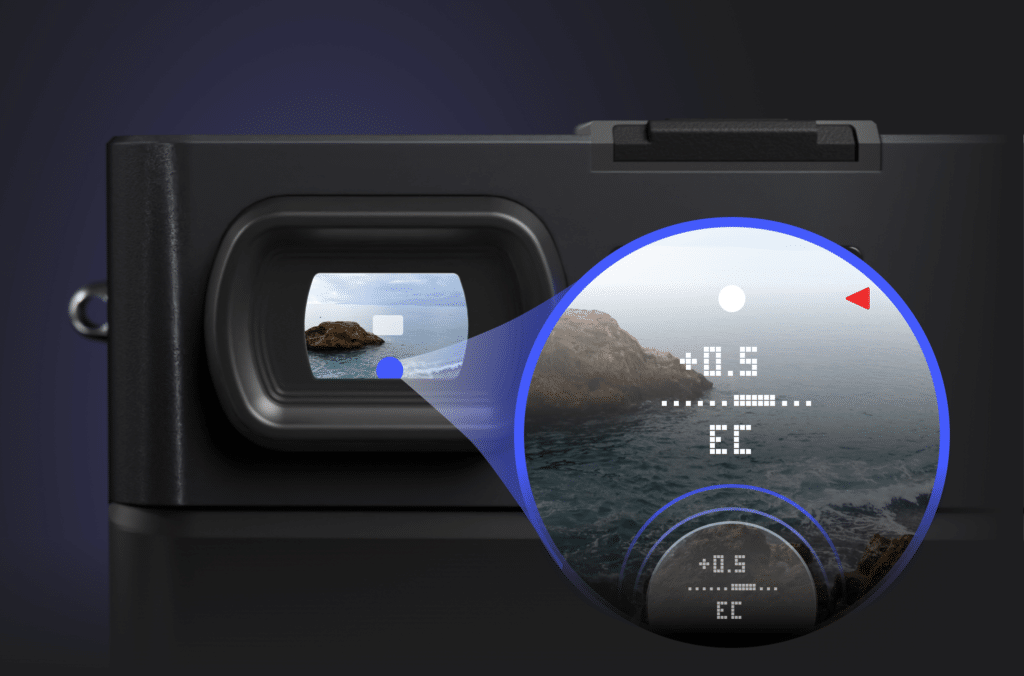
Pixii Camera relies on some GoPro technologies (due to one of the founders); has a powerful DNG raw file understanding algorithm for size reduction: up to one tenth of the original without data loss.
Connectivity to a smartphone compensates for both the lack of a display and the non-expandability of memory. Remotely we can set each shooting parameter and download images from the camera.
The camera, available from 30 September, has a selling price starting from € 2999.00 and you have to pay attention to an important factor: memory. From what you read on the manufacturer’s website there are no memory slots but only the integrated one. The basic version has 8 GB of memory but there are versions up to 128 GB, priced at € 3540.00.






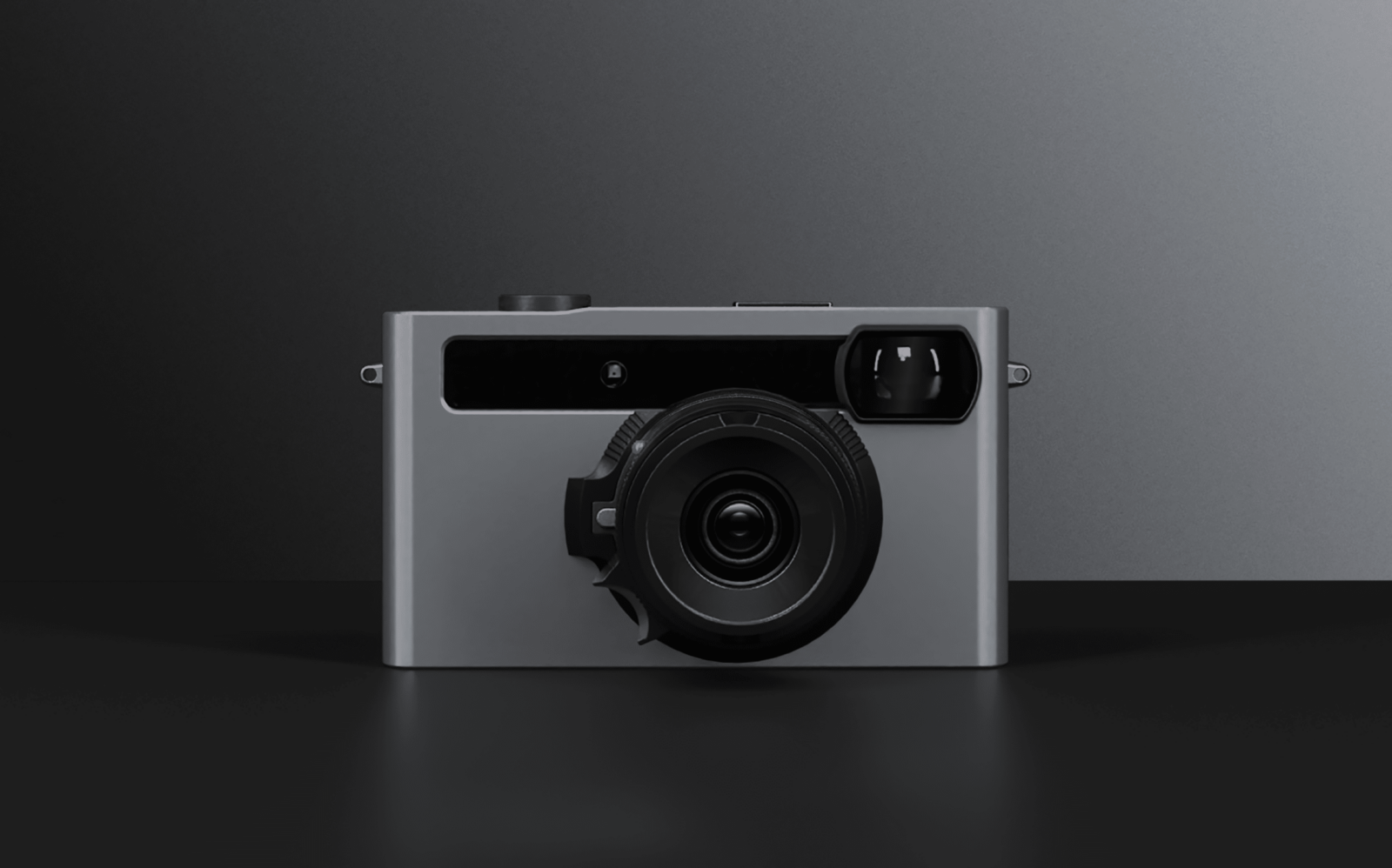





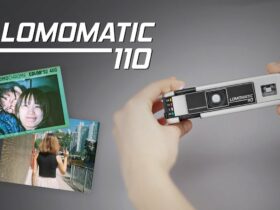

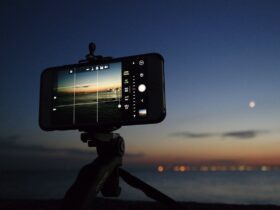
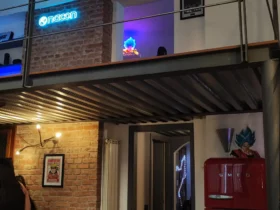
Leave a Reply
View Comments